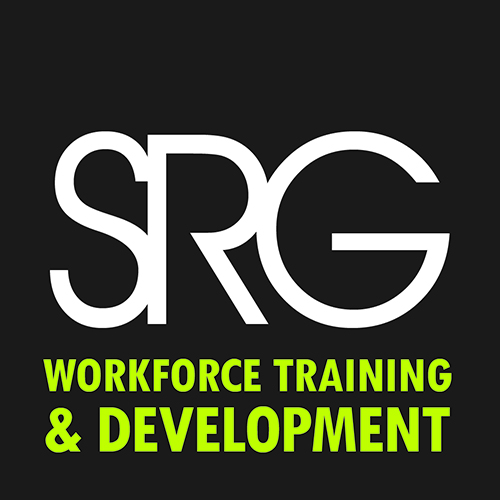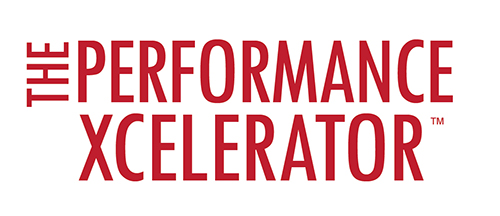
How to Reverse Negativity in the Workplace
Do any of these workplace issues sound familiar?
- Morale is low
- Employees are making preventable mistakes because they don’t seem to care
- No one seems to have fun at work anymore
- Employees spend a lot of time complaining and griping
- Gossip, whispers and rumors are distracting people from their jobs
- Employees talk badly about management, other departments, customers or each other
- Many employees are requesting transfers to another department, or even quitting
- Absenteeism is increasing
- People stop talking when the manager comes in
- Even your best people are losing their enthusiasm
- You’re spending more time than usual soothing feelings and putting out fires
If you answered yes to two or more of the above statements, you might have a serious potential negativity problem. And when negativity goes unchecked, morale nosedives, productivity suffers, communication comes to a halt and people stop working well together. Business results, of course, eventually will suffer. The typical workplace has its ups and downs in terms of employee negativity, but when you’ve been in a down cycle for too long, it’s time to take control and turn it around. When employers understand the causes of employee negativity and implement measures to prevent it, they can create a more productive and positive work environment.
What really causes employee negativity?
A study conducted by Towers Perrin and researchers Gang & Gang surveyed a randomly selected group of 1,100 employees and 300 senior human resources executives working for mid-sized and large-sized companies in the United States and Canada. Participants were asked to describe their feelings about their current work experience.
The study determined that the reasons for most of the employee negativity included:
- An excessive workload
- Concerns about management’s ability to lead the company forward successfully
- Anxiety about the future, particular longer-term job, income and retirement security
- Lack of challenge in their work, with boredom intensifying existing frustration about workload
- Insufficient recognition for the level of contribution and effort provided, and concerns that pay isn’t commensurate with performance
The study also found that some employees with a negative outlook were seeking new jobs, but the majority were planning to stick it out, despite their unhappiness.
How can you reverse employee negativity?
The most direct way to reverse negativity is to talk to your employees. Find out who is unhappy and why. Then try to address these concerns–and include employees in the decision making process, especially when you’re making decisions that affect their everyday working life.
Another method to reverse negativity is driven by soliciting feedback, from your employee work group. This can easily be achieved by committing to an annual or bi-annual company survey that asks for communication on current job satisfaction, company direction and overall management. The importance of a survey is it develops a formalized system of response that directly engages all levels of an organization providing an active conduit that promotes discussion. Secondly a survey facilitates the discovery of hidden areas of dysfunction, and more importantly, the opportunity to address them for change. Lastly, a company surveys shows that management is interested in employee feedback and more importantly values the opinions of others, and affirms that management is pro-change. To facilitate honest feedback from your employee group, where there is no fear or repercussions, it is sometimes best to outsource this to a third party. Most call centers offer this service and can provide customized reports and metrics for review.
Now, they might not tell you this, but employees love recognition for their work. They gain a sense of professional self-worth and feel more confident and competent when management takes the time to commend them for a job well done–or even compensates them somehow. Such perks as granting birthday holidays, employee of the month programs and milestone celebrations for tenure or attendance. Whatever the recognition system employed, they all help to develop a culture of self worth and the feeling that they are valued as an individual. Keep in mind recognition should be personalized, not everyone is motivated by the same method. It is important to determine what specifically motivates each of your direct reports so the most suitable acknowledgment can be provided in order to achieve optimum results.
Lastly, established organizations prefer not to combat negativity with reactionary solutions. Instead, they invest into developing a positive culture that is engaged and motivated by the values and objectives of the organization. This is achieved when a company establishes a common direction with goals and a mission that promotes and lives that message. This helps to naturally instill a sense of direction and drive in the employee work group that is effective in preventing negativity. Although this solution takes time and consistency, it is by far the best method to manage negativity from developing.
Nothing affects employee morale more insidiously than persistent workplace negativity. It saps the energy of your organization and diverts critical attention from work and performance. Although debilitating if left unchecked, negativity is an issue all organizations manage daily and can be effectively reset. The key is to identify symptoms early, engage the source directly and increase communication surrounding solution programs being implemented. Ultimately, invest into preventative rather than reactionary measures and you will see longer lasting results and an overall healthy corporate culture.


A key stage in SRG’s Workforce Maximizer system is The PERFORMANCE XCELERATOR™ which allows SRG to harness key performance indicators in order to maintain optimal productivity. Utilizing workforce cycle employment methods, our trained team of Account Managers actively coach and counsel our Team Members to mitigate turnover and increase employee retention.
For more information on SRG’s workforce training and development services, contact your local SRG office.

